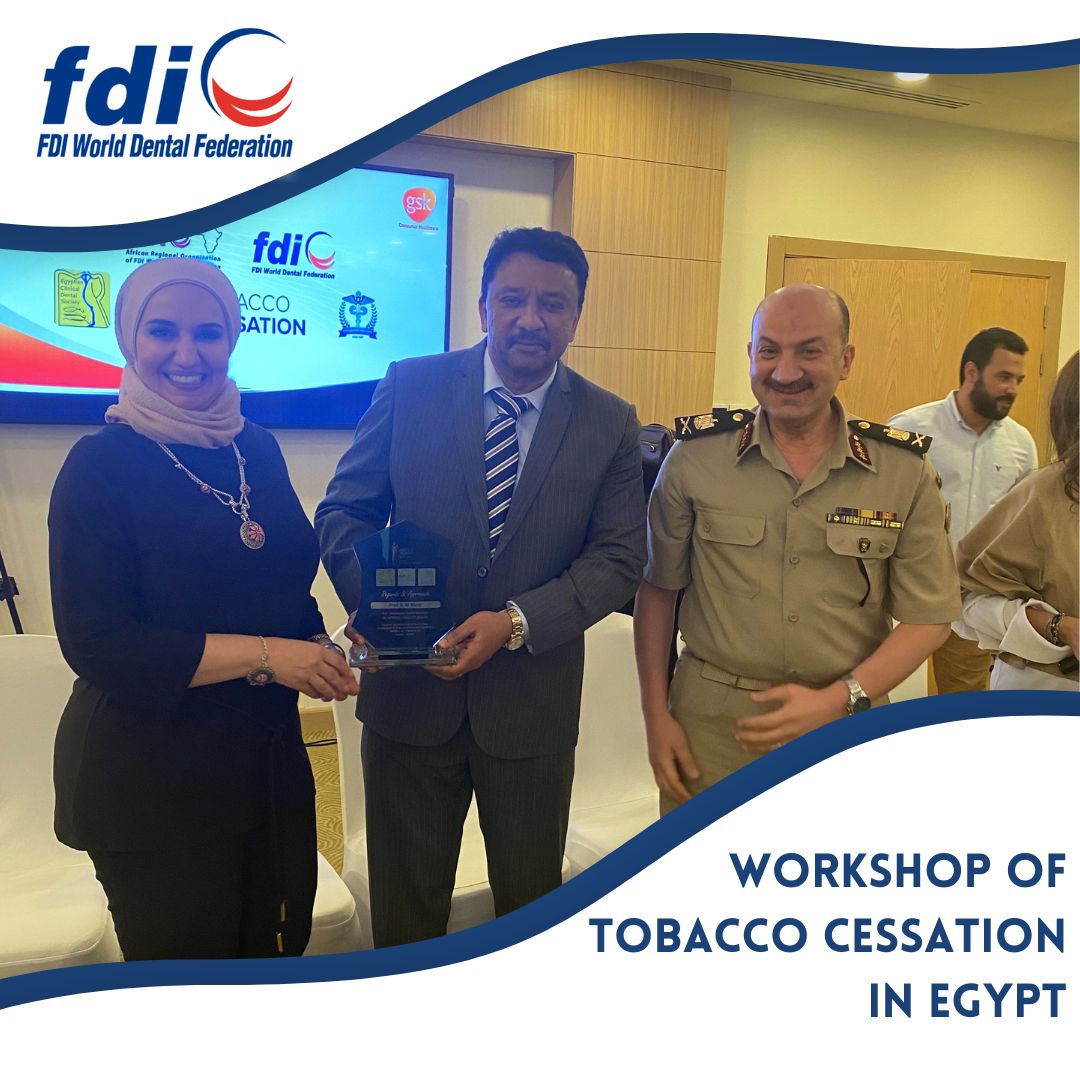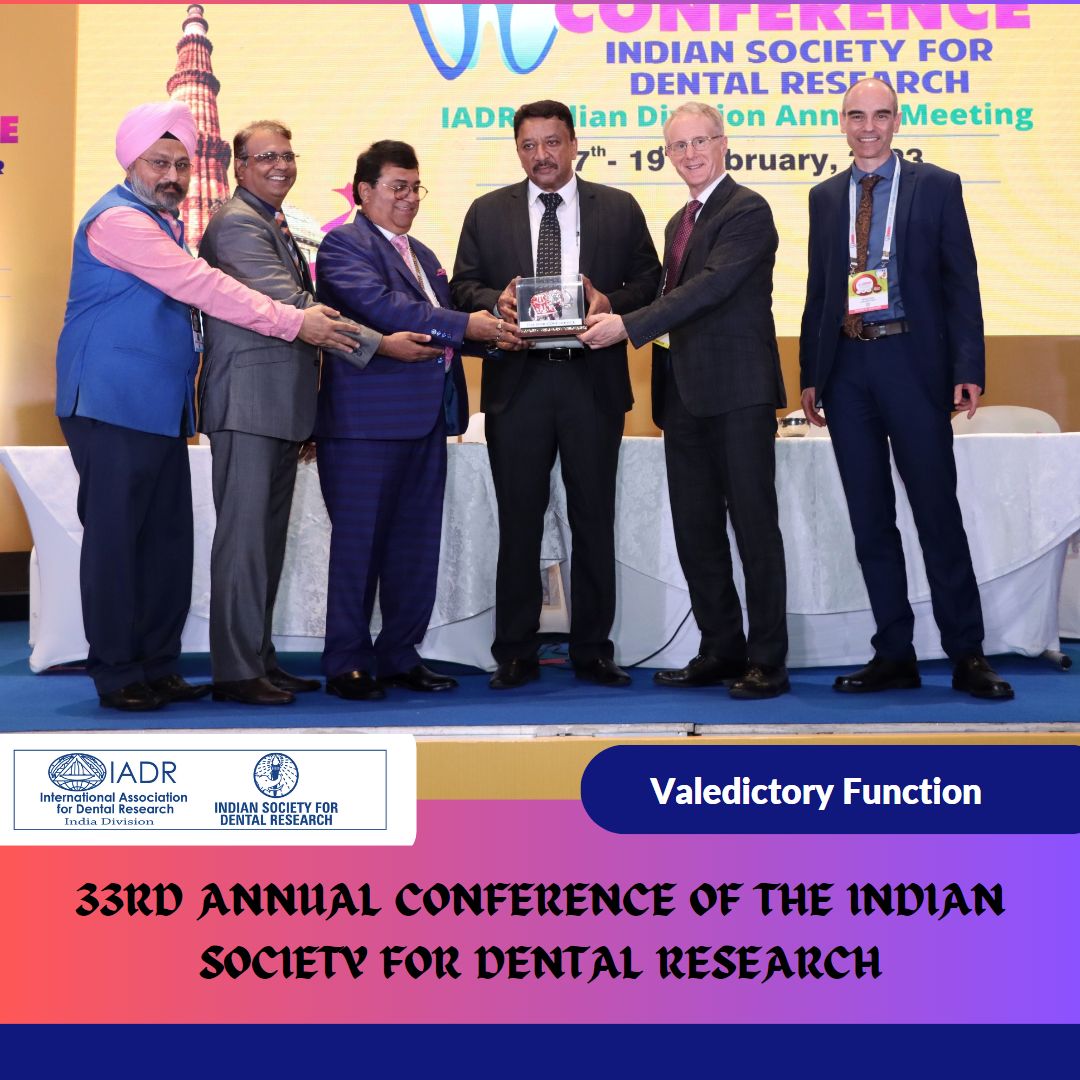Contents
What is Jaw Joint Fracture (Temporomandibular Joint (TMJ) fracture)
Jaw Joint Fracture or temporomandibular joint (TMJ) factor occurs when the mandible and/or temporal bone is broken near or through the TMJ, the joint linking the jaw bone to the skull. Like other bones in the body, the mandible, also known as the jaw bone, and the temporal bone, the bone on the skull that forms the upper part of the jaw joint, can break when trauma occurs. Fractures of TMJ arise due to direct trauma to the face. The jaw splits most frequently around the condyles, which are rounded projections of the jaw bone. The fracture can also occur when the joints are dislocated.
Young Boy suffers Jaw Injury from Fall at Home
The patient is an 11-year-old boy from Chennai in Tamil Nadu, India. He tripped and fell while playing with friends a few hours ago. His lower jaw hit the ground and he complained of inability to open his mouth fully. There was also mild bleeding from a lower lip laceration.
His parents noticed a deviation of his jaw to the left side upon mouth opening. There was also a grating noise from the left jaw joint. He also complained of facial pain on the left side. There was radiation of pain from his jaw joint to the rest of the face.
Development of facial asymmetry is a feature found in all fractures of the jaws. Movement of the jaw results in worsening of the pain.
Initial Consultation at our Hospital for Management
Fearing that he had a fracture, his parents rushed him to our hospital. Our hospital is a leading center for jaw fracture surgery in India. We are a specialty treatment center for jaw joint fractures.
Our hospital has introduced various innovations related to jaw surgery. These innovations are standard operating procedures in many parts of the world today.
Features of Jaw Surgeries Performed at our Hospital.
Various conditions of the jaws are addressed at our hospital. Jaw reduction surgery and jaw augmentation surgery are also performed at our hospital. Upper jaw augmentation is commonly through Le Fort I maxillary osteotomy.
Lower jaw augmentation is through distraction osteogenesis. Jaw reconstruction is also performed for lesions like tumors and cysts. Our hospital specializes in all types of TMJ surgery. Bone grafts harvested from the patient aid in the reconstruction of jaw deformities. These are most commonly harvested from the ribs and iliac crest.
All these surgeries are performed under general anesthesia. Joint reduction surgery is performed after ensuring all safety precautions. Special safety features have been added in view of the COVID-19 pandemic.
Lower jaw fractures are amongst the most common fractures. Common causes are accidents and assaults. The lower jaw most commonly strikes the ground first when there is a fall. Upper jaw fractures are more associated with assaults and road traffic accidents. They rarely occur from falls.
Children constitute a high proportion of patients with jaw fractures. This is due to their very active lifestyle and physical activity.
Forces are transmitted from the chin to the jaw joint. The chin and the jaw joint are the most common sites for lower jaw fracture.
This can be treated by either open reduction or closed reduction. Closed reduction is utilized in children and in the case of favorable fractures. Open reduction is the preferred choice of treatment in more complex presentations.
Examination and Treatment Planning for the Patient
Dr. SM Balaji, facial cosmetic surgeon, examined the patient and obtained imaging studies. Lower lip laceration was sutured and a diagnosis of left temporomandibular joint condylar fracture was made. There was a medial displacement of the fractured condyle.
This presentation necessitated plate fixation for fracture stabilization. Treatment planning was explained to the parents and they consented to surgery.
Successful Reduction and Fixation of Condylar Fracture
The fracture site was approached through a modified Alkayat-Bramley incision using an endaural approach. The fractured condylar segment was visualized and stabilized using plate and screws. Extreme care was taken to ensure the safety of the facial nerve. There will be no visible scar tissue from the surgery.
Movement of the mandible after plate fixation demonstrated good fracture reduction. The patient recovered without an event from the surgery. He demonstrated good facial nerve function and there were no deficits. He opened his eyes and closed them forcefully as well as demonstrated normal mouth opening.
They were very happy with the level of care at our hospital and expressed total satisfaction. He and his parents thanked the hospital staff before final discharge from the hospital.




